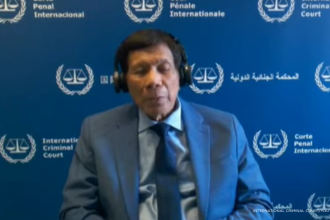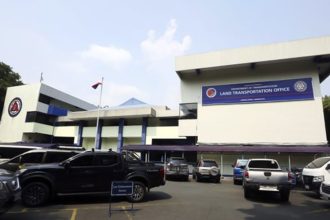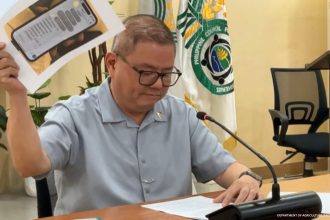
Sorsogon, Philippines – In the easternmost tip of Sorsogon, where the Pacific Ocean meets the shores of Prieto Diaz, a quiet revolution is unfolding—one rooted in resilience, survival, and the unyielding power of nature.
For years, Prieto Diaz bore the brunt of typhoons, storm surges, and rising sea levels. Its coastline, once lined with lush mangroves, had turned into a barren wasteland due to rampant deforestation and charcoal production. The loss of these natural barriers left the community exposed, vulnerable, and at the mercy of the elements.
A coastline on the brink
By the 1990s, the Philippines had already lost nearly half of its 450,000 hectares of mangroves. In Prieto Diaz, locals relied on mangrove wood for fuel, reducing once-thriving forests to desolate landscapes.
“Before, the mangroves here were like a desert—almost completely wiped out,” recalls Joselito Domdom, General Manager of SEAMANCOR Eco-Developers Inc., a grassroots organization formed to protect the town’s fragile ecosystem. “People depended on charcoal-making for survival, but it came at a steep cost.”
“Joselito Domdom, general manager, SEAMANCOR Eco-Developers Inc., a multi- sectoral People’s Organization existing in the Municipality of Prieto-Diaz since 1994.
Recognizing the crisis, the Department of Environment and Natural Resources (DENR) launched the Coastal Environment Program in 1993, designating Prieto Diaz as a pilot site for mangrove restoration. This initiative rallied local fisherfolk, indigenous groups, and barangay councils to act.
Rebuilding from the roots
When government contracts to manage the mangroves expired, SEAMANCOR stepped in, determined to keep the conservation momentum alive. They saw firsthand how nature could heal itself—if given a chance.
Levy Destora Sr., a longtime fisherfolk, remembers the days before restoration began.
“Kasi karamihan ang ginagawa ng tao, ang hanapbuhay dito mang-uuling, tapos yung pagpuputol ng kahoy na ginagawang panggatong. Tapos yung iba naman kumukuha ng shells doon sa bakawan,”
[TRANSLATION: Most locals here relied on making charcoal, cutting wood for firewood, and gathering shells from the mangroves for their livelihood.]
It took years of persistent effort, but the community slowly shifted their ways. They replanted mangroves and established strict conservation policies. Over time, the results became undeniable: storm surges that once devastated homes were now tempered by thick mangrove forests.
“Mangroves act as natural storm barriers,” Destora explains. “Unlike concrete seawalls that can crack and break, mangroves absorb wave energy. Even if some branches snap, they grow back stronger.”
From crisis to livelihood
As the mangroves returned, so did marine life. Fish began laying eggs in the dense roots, replenishing local stocks. What was once an ecological disaster zone transformed into a thriving breeding ground for aquatic species.
“Now, we catch more fish than ever before,” says Lerma Domdom, a fish processor. “The mangroves provide a safe place for fish to spawn, and that means more livelihood opportunities for us.”
Fisherfolk who once struggled to make ends meet now harvest over 50 kilos of fish daily, doubling their previous yield. Many shifted to dried fish processing, selling boneless danggit for around P70 ($1.50) per kilo—creating a sustainable income stream that doesn’t rely on destructive practices.
A model for climate resilience
More than three decades after the project’s inception, Prieto Diaz’s efforts have earned national recognition. The town received the prestigious Para el Mar Best Mangrove Award, celebrating its success in marine conservation.
Prieto Diaz Mayor Romeo Domasian hopes other coastal towns will follow suit.
“We’ve deputized Bantay Dagat, or ‘Guardians of the Sea,’ to patrol the mangrove plantations and ensure sustainable fishing practices,” he says. “This isn’t just about one town—it’s about securing our future.”
The mangroves’ lasting legacy
Today, the mangroves of Prieto Diaz stretch across the coastline, standing as a testament to what community-driven conservation can achieve. As climate change intensifies and storms grow more frequent, these natural fortresses continue to shield the town from devastation.
What started as an environmental emergency has evolved into a story of resilience, proving that when a community chooses to protect nature, nature gives back tenfold.
And for the people of Prieto Diaz, the mangroves are more than just trees—they are lifelines, guardians, and the heart of their survival.
















